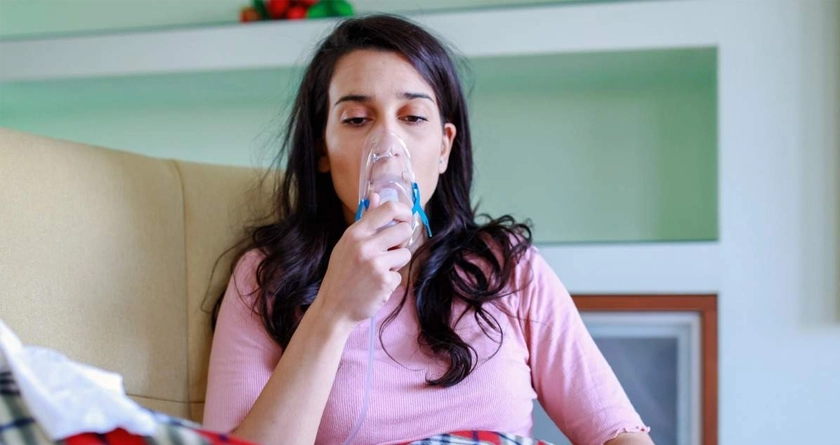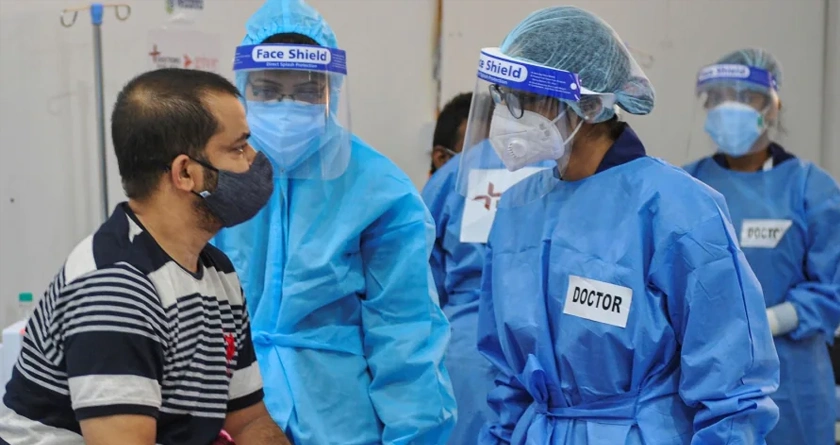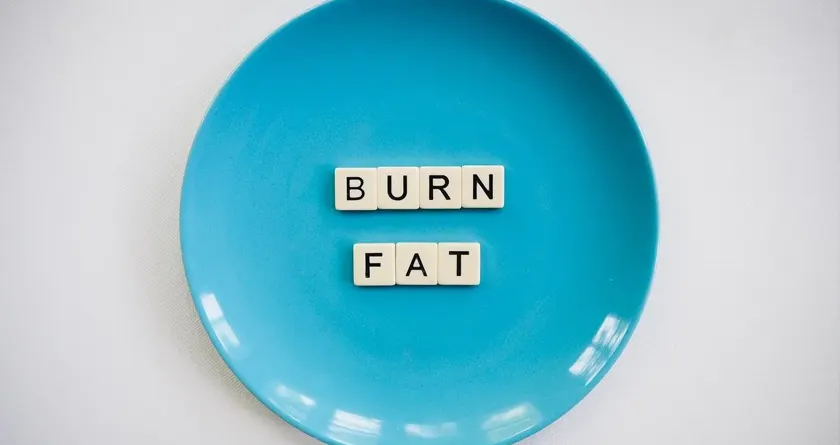
All About Distressed Breathing and Lung Involvement in Covid-19 Infection
How can covid affect your breathing and lung health? Learn more…
Friday, 23rd April 2021
Since the very start of the covid pandemic, we all are aware of one thing for sure…i.e. the virus affects your lung health. And that’s exactly why the doctors suggest that patients should begin monitoring their oxygen saturation levels by using an oxy-meter so that any sort of abnormality can be detected as well as treated timely.
Breathing keeps us alive though most of us take breathing for granted. When that breathing is impacted, that battle isn’t easy after all
That explains why most people start stocking up on oxygen cylinders, think of getting hospitalized, or also panic that any moment the situation could blow out of proportion.
But Wait! If you are armed with the right information, you might not have to do any of the above!
In one of his recent interviews, Dr. Randeep Guleria, AIIMS Director, asks people to stop panicking in the first place. “Even if your oxygen saturation is 90 and above, you don’t have to take it to 98-99. If you manage to bring it to 92-93, that’s good enough because what we know from physiology is that what we call the oxygen disassociation curve flattens out after your saturation becomes 90-92,” says Dr. Guleria.
Dr. S.P Rai, Consultant of Pulmonary Medicine and Sleep Medicine at Kokilaben Dhirubhai Ambani Hospital, advises that first of all, one must stop panicking.
Also Read: Health hacks to let you stay healthy during lockdown.
However, it is crucial to monitor the levels of spo2 (oxygen). The initial 4-5 days post getting infected will usually show no sign of an issue with breathing. During that time one could just have a fever, fatigue, mild cough, and mild breathlessness. One must keep monitoring the SpO2 level twice or thrice a day. If the SpO2 levels are below the 95% mark, it indicates pneumonia that’s not severe but mild to moderate. One must monitor the SpO2 level while the body is at rest and also when the body has undergone mild physical exertion like 5-6 minutes of walk. If the level drops by 4% and more that indicates that lungs are affected significantly. For instance, if the oxygen levels at rest were 96% and after exertion comes down to 90%, it is indeed a matter to worry, and consulting a doctor immediately should be the appropriate step.
If the spo2 level stays between 90% and 95% it indicates that the Covid pneumonia is moderately severe in nature. In that case, if the infected patient comes with co-morbidities such as diabetes, cardiac issues, kidney issues, lung issues such as Asthma, COPD, specifically and is beyond 60 years of age, it is crucial to be cautious. Depending on the signs of the decline of health and severity of the condition, the doctor would recommend hospitalization for the patient.
If the doctor does not recommend hospitalization and if the infected patient comes without co-morbidities, the patient needs to be alert still and keep monitoring the SPO2 Levels.
Lying prone could boost the oxygenation to some extent and ease breathing for the infected patients
If a patient is obese and is infected, the chances of breathing issues could be pretty higher. In this context, Dr. Jayalakshmi TK, Consultant at the department of Pulmonology, Apollo Hospitals; Navi Mumbai, says. "Obese people are at higher risk for low oxygen levels and additionally they may have a condition called OSA or obstructive sleep apnea hence may have more of nocturnal desaturation."
The News Talkie Bureau
Source:
Times of India Indiatimes











